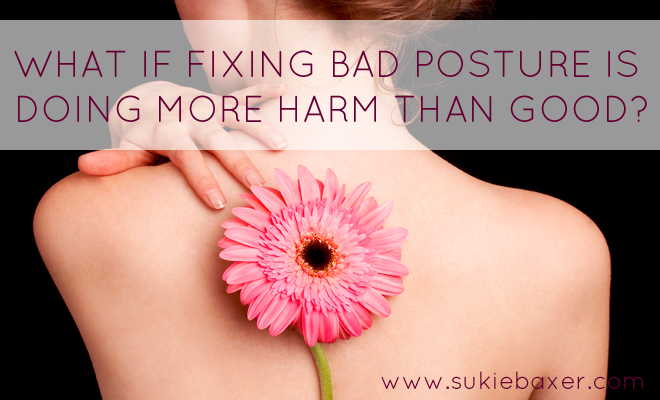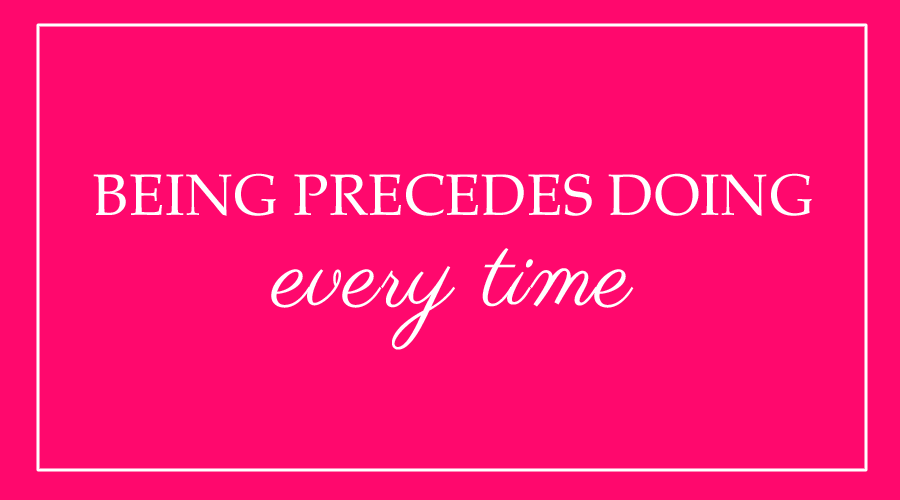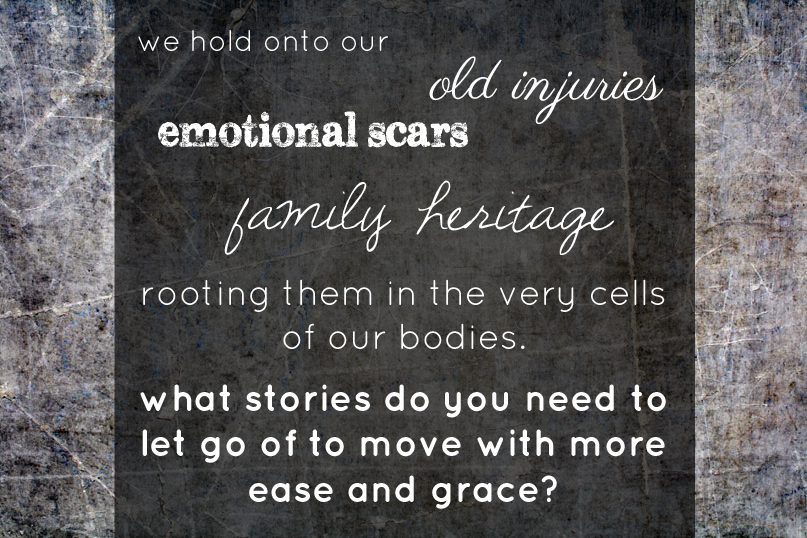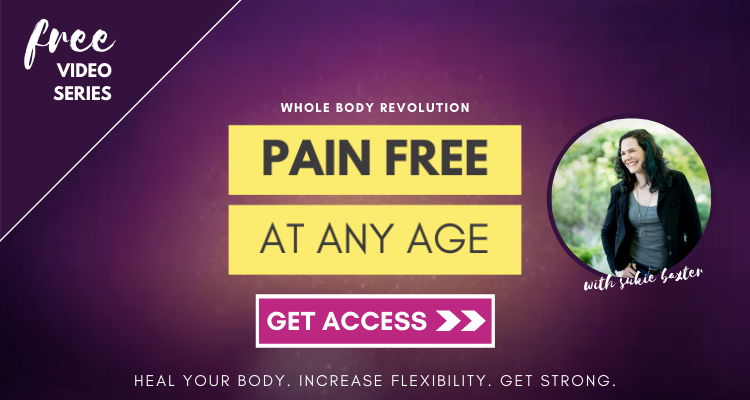
Conventional wisdom says that if you have bad posture, you should work on it. Make it better. Improve it.
In short, it’s time to go to the mechanic and have your body “fixed.”
But what if fixing your bad posture is just making the problem worse?
What if strengthening those back muscles to pull your rounded shoulders back into place is making your body want to hunch them even more?
What if stretching your quads to correct your lower cross syndrome and silence your grouchy (and highly vocal) back is just increasing the strain on your spine?
That would seem odd. I mean, if the body isn’t lining out, stacking up and working properly, we should take steps toward correcting it, making it better and improving function, right?
I’m all about optimization. I fully believe that life is about making yourself better – not to beat other people, win accolades or rack up a list of impressive achievements, but to learn what you’re really made of.
It’s at our edges that we find out who we are. Not who we pretend to be, but the core you – the unchangeable, limitless person behind all the costumes and charades.
Pitting yourself against a worthy foe develops deep inner character. It’s the classic hero’s journey.
Sometimes (hint: always) that foe is your self – your physical, mental and spiritual beliefs and conditioning, which, when combined, comprise your personal limits.
I’m sure you’ve realized by now that I’m fanatical about the power of the body to change and influence the mind. So, why would I recommend you **not** try to change your less than optimal posture?
To understand my reasoning requires a fundamental shift in philosophy.
Ever since the Industrial Revolution, the body has been likened to a machine. It’s the most practical model we had for the human structure.
But the body is not a machine, and in today’s shift toward a less mechanical and more conceptual era, the mechanical model is highly outdated.
We’re not machines. We’re systems. And systems are whole, integrated, synergistic and interdependent.
That means that we can’t make a shift on one level of your system without cascading effects happening throughout the whole system.
Additionally, systems have inherent movements that are biologically imperative. That basically means that those movements are just the things that the system does regardless of programming, cultural conditioning or other overlays.
If a fly tickles a horse’s shoulder, the horse will twitch the skin to shake off the fly. It’s not a conscious movement; it’s a reflex inherent to all horses regardless of how they’re bred, where they’re raised, whether they’re wild or domesticated.
Humans have reflexes, too. If you’re frightened, for example, your body will shorten its front line, effectively curling you into a ball to protect the vulnerable soft organs in your belly.
Your chin will tuck and slide forward, guarding your jugular. Your breath shortens and quickens, cuing an adrenaline release to keep you on your toes to flee, or fight if you have to.
But what happens when that reflex gets interrupted? Or stuck halfway?
Your system never completes its expression. It gets frozen mid-way, like that infuriating spinning optical disk that shows up when your computer can’t handle everything you’re asking it to do.
What this means for you is that you’re chronically stuck in fight or flight mode. Your body is trying to curl forward to protect you and you’re fighting it all the way.
If there’s one thing I’ve learned over the past decade of working with bodies, it’s that fighting the nervous system’s innate response is futile.
No matter how hard you work to get your body where you want it, the nervous system is going to yank you back toward its incomplete expression.
Sometimes you have to go into that expression for your body to be willing to come back out of it. That means that if your shoulders are hunched and your upper back rounded, you might need to go **more** into that position and wait for your body to come back out on its own, coming to neutral without all the struggle and strife.
Instead of yanking those shoulders back, working your back muscles and combating lower cross syndrome with strength training, try something a lot more simple: give your body the slack it needs to release the spasm it’s in.
Whatever pattern you are trying to correct, try feeding into it, pause for several minutes, wait, and feel how your body responds.
This takes patience. It requires awareness. It’s not conventional. But your nervous system will love you for it. It’s trying to help you. It would be so grateful if you would stop declaring war on its efforts.
I’m seeing massive results with this “backwards” approach, but I want to hear about your experience. Try it and tell me what happens in the comments below!
[sc name=”ppfl-cta”]


